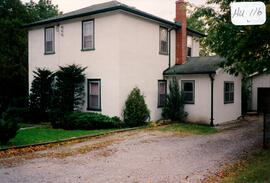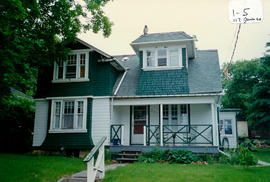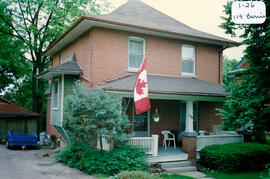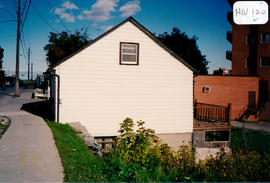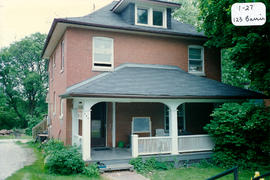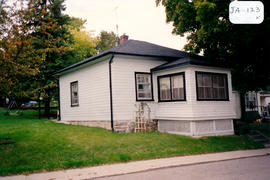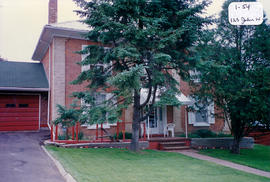"Alliston - South Simcoe District Women's Institute held its 75th annual meeting in Alliston last week, with 116 delegates attending from 11 branches. District president Mrs. Paul Tipping of Tottenham and secretary treasurer Mrs. Everett McVety of Bradford were in charge.
The theme, 'What's 75 Years Between Friends?' set the tone of the meeting held at St. John's United Church. Displays showing accomplishments, projects, and history of each branch were outstanding, and discussion groups led by district conveners replaced oral reports.
Visits to Simcoe Manor will not be a district project from now on but the decision to entertain there is at each branch's discretion after conferring with the manor superintendent.
Delegates voted to hold a Tweedsmuir History workshop in November, with Cookstown being a possible location.
Mrs. Gordon Mallion of Tottenham judged the log book competition of home histories and presented prizes to: first, Mrs. Russel Browning; second, Mrs. W. Ingram, both from Churchill branch; and third, Mrs. Norman Baker, Everett.
Federated Women's Institute of Ontario board members, Mrs. Don Hennessy of Duntroon, said Simcoe County leads the province in interest in log books. County books were on display at the officers' conference at the University of Waterloo in May.
After the noon luncheon, Tweedsmuir History curator Mrs. William Sutherland of Bond Head reviewed district history. The first meeting was held in Jebb's Hall, Cookstown, on July 9, 1902, with 50 in attendance. In 1906 only four attended and for some years district meetings were held in homes.
Today there are 321 active members in Simcoe South and 46 life members. A birthday cake was cut by Mrs. Joseph Hancey of Alliston, a WI member for 61 years.
Ted Whitworth, a farm safety consultant for eight counties, told delegates there are too many accidents in agriculture. He said 'farmers must recognize hazards and he placed the responsibility on 'mother' to continue to remind her family of safety practices. Farm safety booklets brought home by school children should be reviewed by the parents with the children so both will benefit, he said.'"

